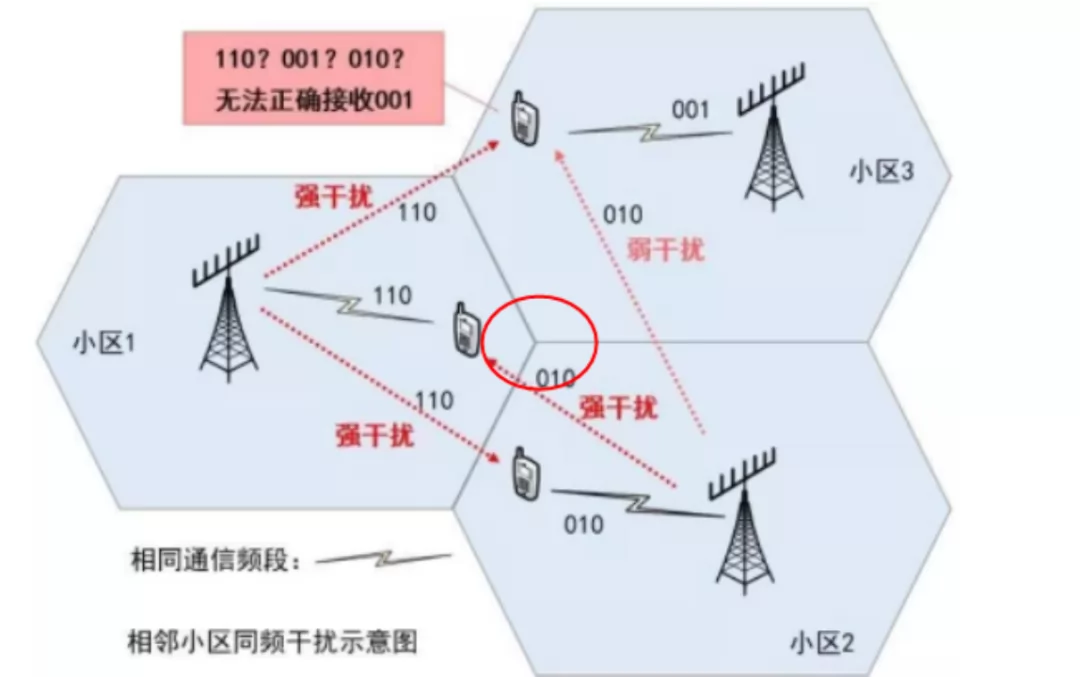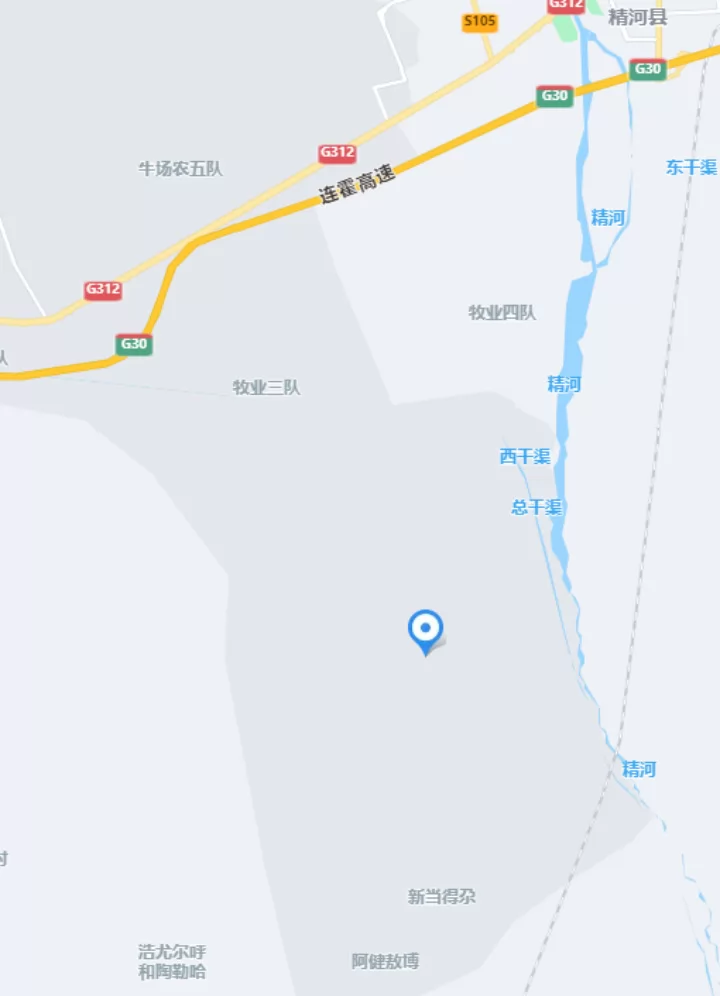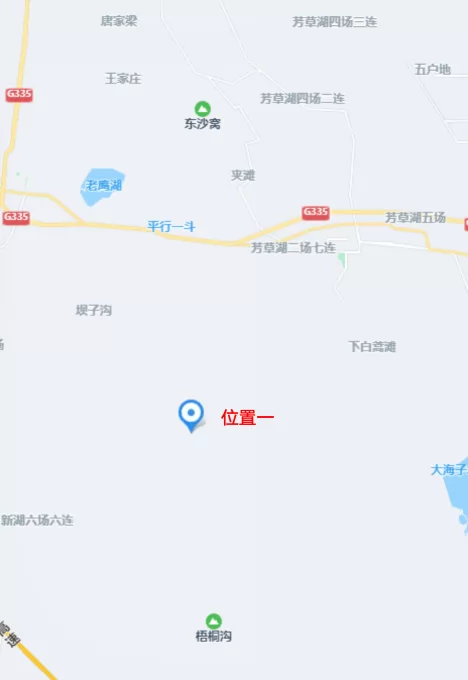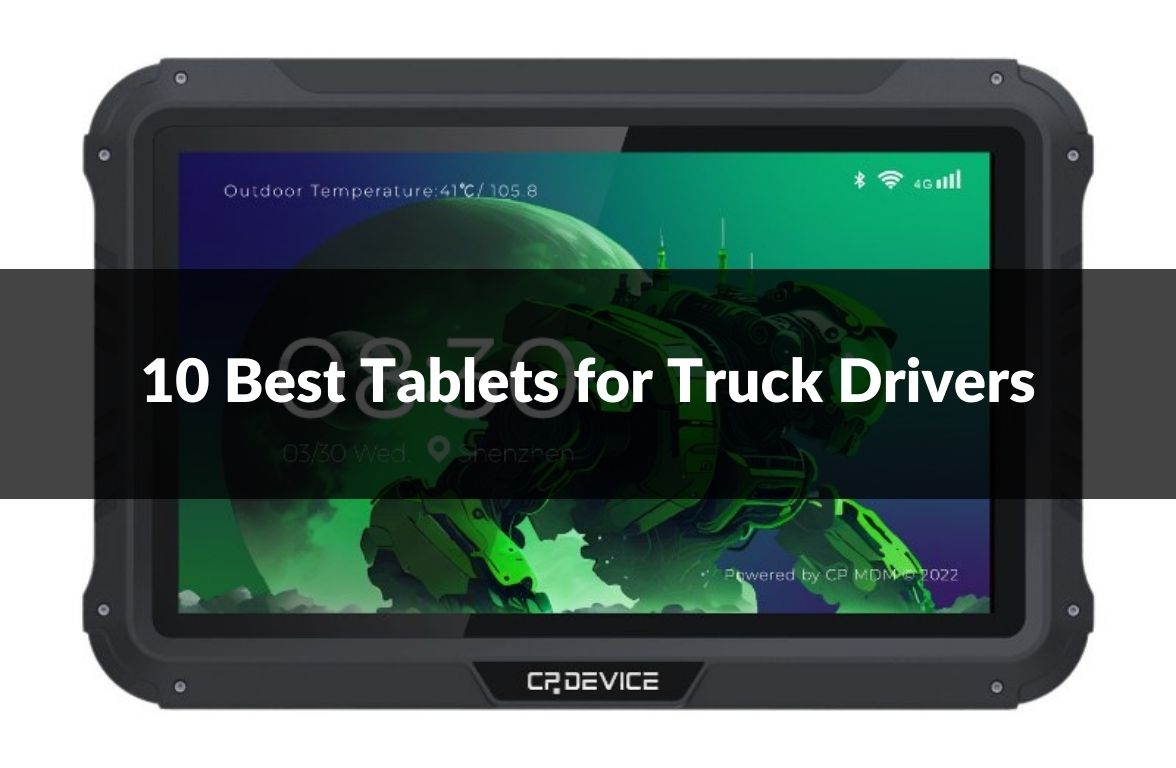In March 2025, CPDEVICE once again entered Xinjiang to fully engage in spring farming assurance activities. This entry into Xinjiang, the primary task for CPDEVICE was to conduct multi-site tests on the newly upgraded baseband version of the vehicle-mounted smart tablet, to demonstrate the improvement in 4G communication performance of the upgraded product. The test target locations were locked in areas with harsh environments within the jurisdictions such as Shihezi City, Jinghe County, and Changji City, with testing environments matching the "low density, weak signal" conditions commonly seen in current customer applications.
The final test results prove that the upgraded CPDEVICE vehicle-mounted smart products perform strongly in areas with low signal coverage density and weak signal edge areas, with 4G signal transmission speed, stability, and network searching speed all superior to similar products currently available on the market.
For this trip to Xinjiang, CPDEVICE and test personnel from mainstream module manufacturers chose a variety of devices for comparative testing and data collection. To control variables, all models and modules using external antennas were tested with roof-mounted external antennas (when tested inside the vehicle); when there were multiple antennas, sufficient distance was maintained between them to eliminate antenna differences; for products using internal antennas, customer usage scenarios were simulated without metal objects blocking the antennas.
As the carrier network could be affected by uncontrollable factors such as the number of users and weather, these impacts were excluded by simultaneously testing new and old firmware versions on the entire device. Additionally, to improve test efficiency and unify evaluation standards, all tested devices were tested for latency and disconnection time using Ping tools, with disconnection time as the evaluation criterion. The Android system was pre-installed with the PingTools Pro tool.
Tested devices are as follows:

At the first stop, we focused on a road near the border of Shihezi and Karamay. This is a newly reclaimed desert, where we found the area to be sparsely populated and lacking in signal transmission base stations, resulting in extremely weak environmental signals, with mobile and Unicom signals displayed as poor on mobile phones, and slightly better telecom signals. After rigorous signal testing by radio frequency engineers, it was confirmed that this area belongs to a weak network environment.
Carrier tested: Telecom IoT card

Comparison of the on-site test conditions of multiple tested tablets at the Shihezi-Karamay border under the same environment
After testing, the CPDEVICE series tablets with upgraded baseband versions performed excellently in terms of network recovery time and disconnection rate. In the same disconnection location, the upgraded CPDEVICE series tablets could quickly restore network connection, while the non-upgraded devices and competitors' tablets required a longer recovery time. Similarly, we conducted comparative tests of the APOLLO PRO devices in both non-upgraded and upgraded versions. The upgraded version of APOLLO PRO devices had a lower disconnection rate and quicker recovery time from disconnection.
In 2023, in a field in Bajiahu farm, Jinghe County, we discovered a problem where a tablet could not recover its network after disconnecting due to poor same-frequency cell switching strategy. The site could receive multiple cells' B3 signals, with slow tablet switching and same-frequency cell interference present. The location scenario was complex, with a higher probability of not recovering after disconnection.



This year, after repeated tests at the above location, CPDEVICE test personnel found a stronger BAND5 signal at the scene, but the device was mostly using BAND3, indeed there may be a reproducible disconnection situation. Carrier tested: Telecom IoT card

After multiple on-site tests, the staff found that unupgraded SPRING tablets and APOLLO PRO tablets occasionally dropped the network and took a long time to recover due to co-channel interference.
The upgraded SPRING tablets and APOLLO PRO tablets performed better in software tests than tablets from rival manufacturers, with no network drop problems yet and lower packet loss rates. These upgraded devices can quickly restore network connectivity after occasional packet loss.

_1710755540_WNo_1080d1439.webp)
To ensure the stable operation of tablets during the spring farming period in Xinjiang, this test also specifically chose Changji, close to the operation line, for on-site testing.

_1710755881_WNo_1080d810.webp)
Carriers tested: Mobile, Unicom, Telecom
The test results show: at location one, the non-upgraded CPDEVICE tablets showed relatively weaker telecom signals, occasionally experiencing packet loss. However, the upgraded CPDEVICE tablets and APOLLO PRO tablets performed normally during the tests, with no such issues.
Around location two, there is a newly built signal base station about 2 kilometers away, with strong RSRP signals from all three carriers around -90dbm, and all devices tested performed well.

Testing was conducted with two CPDEVICE series tablets with upgraded baseband versions paired with CPDEVICE matching and customer-sourced external antennas. After cross-testing, devices using CPDEVICE matching antennas showed a significantly reduced probability of network loss and faster recovery time after disconnection. In the same locations where customer-sourced antennas lost network, switching to CPDEVICE matching external antennas allowed network registration. The modem log analysis is shown in the following figures:


Over the past three years, the accumulation of hundred-thousand-level users has fully exposed the extreme issues of 4G communication signals in frontier areas such as Xinjiang and Inner Mongolia. Facing these problems, CPDEVICE, our partners, and our customers have never given up, continuously pushing chip manufacturers and radio frequency manufacturers to optimize and improve. After two years of in-depth research by everyone, this work has made significant progress, making a major contribution to the product quality improvement of the entire industry. Here, CPDEVICE sincerely thanks every engineer and customer friend who has silently contributed to this product improvement.
As can be seen from the test results, CPDEVICE SPRING series and APOLLO PRO series products can effectively solve various 4G communication problems that have plagued the frontier areas for many years through OTA remote upgrades. Additionally, in weak network areas, we recommend using CPDEVICE matching external antennas to improve signal gain effect.
CPDEVICE always adheres to the customer-centered principle, staying close to user usage scenarios, continuously optimizing product performance, and enhancing product performance in extreme environments, to provide our customers with professional and reliable human-machine interaction products, steadily advancing towards the mission of "providing human-machine interaction solutions to facilitate the comprehensive intelligent evolution of machines."
















*We respect your confidentiality and all information are protected.

Whether you are looking for a rugged device that can handle extreme cold or heat, a compact device that can fit in tight spaces, or a versatile device that can support multiple applications and accessories, you will find the right solution among these top 10 vehicle mounted computer manufacturers.

In this post, we’ll examine the technology itself and see how it is being deployed far beyond traditional passenger cars into the most demanding professional environments.

These numerous practical communication modes provide comprehensive, multi-dimensional pathways for various operational needs, destined to become a crucial part of ultimately achieving intelligent transformation for traditional operations.
